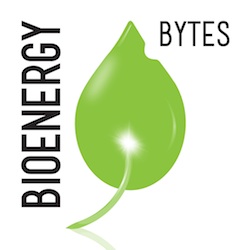 LSU AgCenter has released the Sweet Sorghum Production Guide. The guide was written to supply producers with information they will need to grow profitable sweet sorghum crops. AgCenter researchers are studying how to produce sweet sorghum, as well as energycane, for use as feedstocks for biofuels as part of its Sustainable Bioproducts Initiative. The study focuses on evaluating geographic zones for adaptation, producing commercial yields on marginal soils and determining low-input sustainable production practices.
LSU AgCenter has released the Sweet Sorghum Production Guide. The guide was written to supply producers with information they will need to grow profitable sweet sorghum crops. AgCenter researchers are studying how to produce sweet sorghum, as well as energycane, for use as feedstocks for biofuels as part of its Sustainable Bioproducts Initiative. The study focuses on evaluating geographic zones for adaptation, producing commercial yields on marginal soils and determining low-input sustainable production practices.- The U.K. Department of Energy and Climate Change has announced a record 464 million liters of liquid biofuels were consumed by the country’s transportation sector during the second quarter. Consumption of liquid biofuels increased 17.8 percent from the 394 million liters consumed during the same period of 2013. Ethanol accounted for 4.5 percent of gasoline during the three-month period, while biodiesel accounted for 3.7 percent of diesel. On a combined basis, the liquid biofuels comprised 4 percent of gasoline and diesel fuels, an increase of 0.6 percent compared to the second quarter of last year.
- Texas Tech researchers received $1.4 million from the U.S. Department of Energy to develop a new radar prototype. John Schroeder, a professor of atmospheric sciences and principal investigator for the project, said the design for wind energy research will focus on enhancing clear air sensitivity relative to the currently available radar system. He hopes to lead to revelations that could help them optimize the wind farm more. If accomplished, they could get more power output of the farms and lower the cost of electricity.
- On Friday, October 10th, Kersey will be hosting a ribbon cutting event for the new 143 kilowatt solar array which provides 100% of the annual energy needs of their modern sequential batch reactor waste water treatment plant. The project is the result of cooperation between the developer/builder Bella Energy, the Town of Kersey, Colorado and The Atmosphere Conservancy. Kersey will purchase the solar energy from Kersey Renewable Energy LLC, allowing the company to receive all their annual energy needs for the plant at about 16% less cost than they were paying before from the grid.

